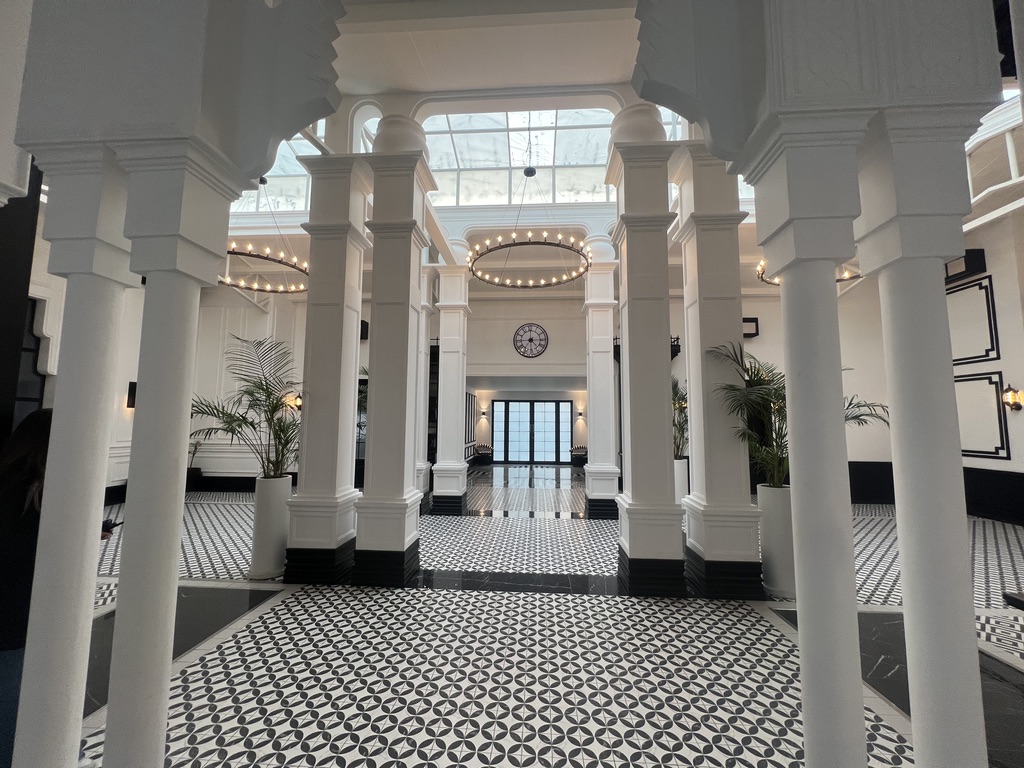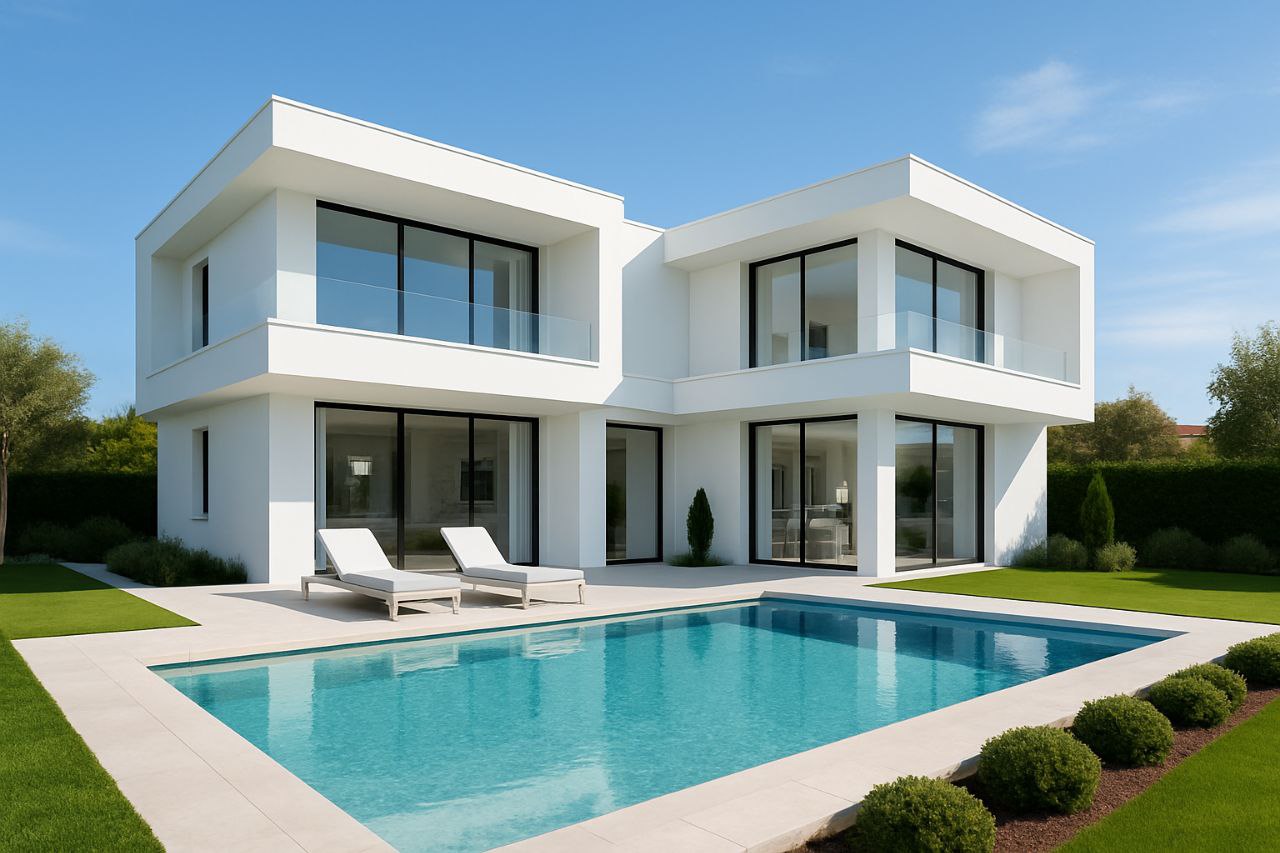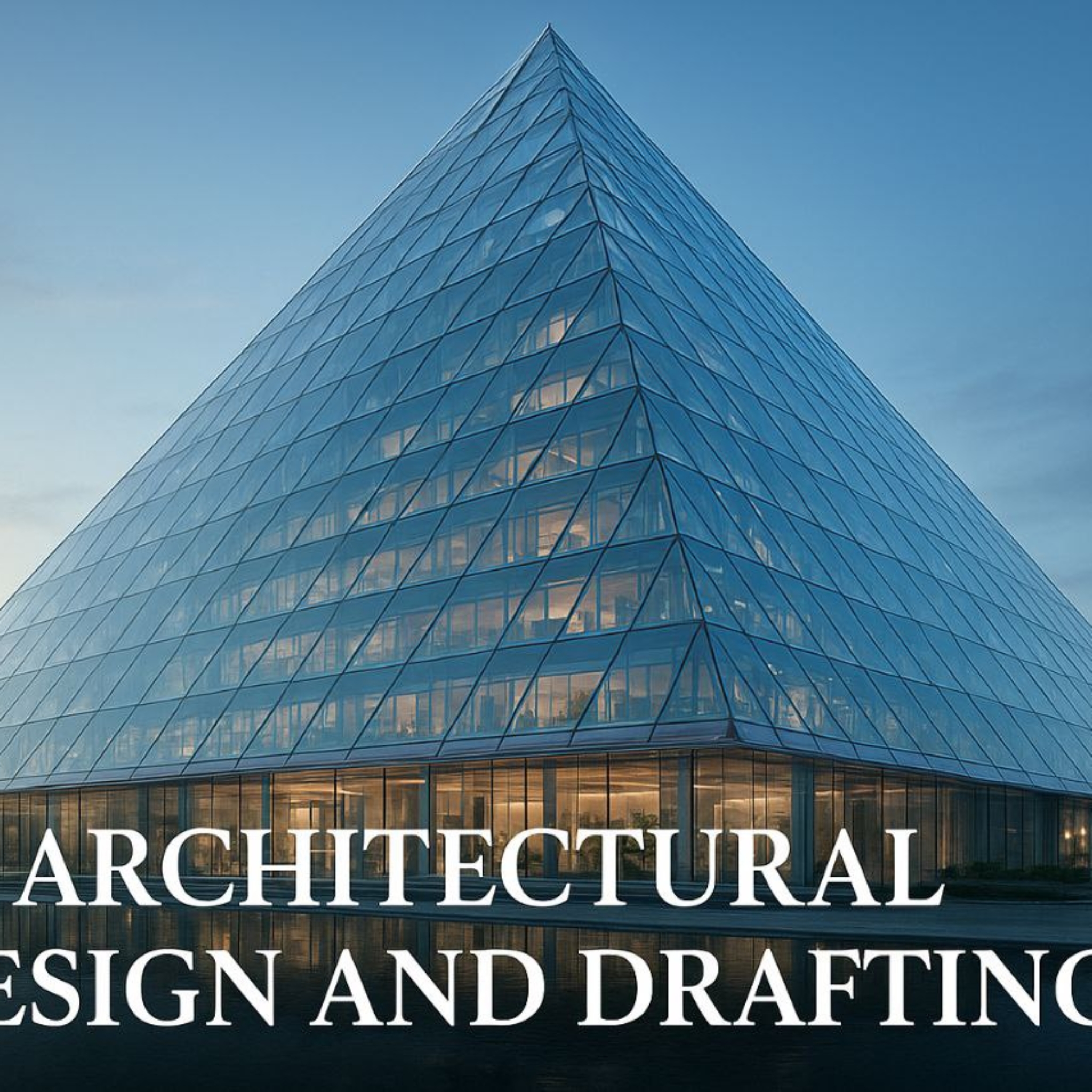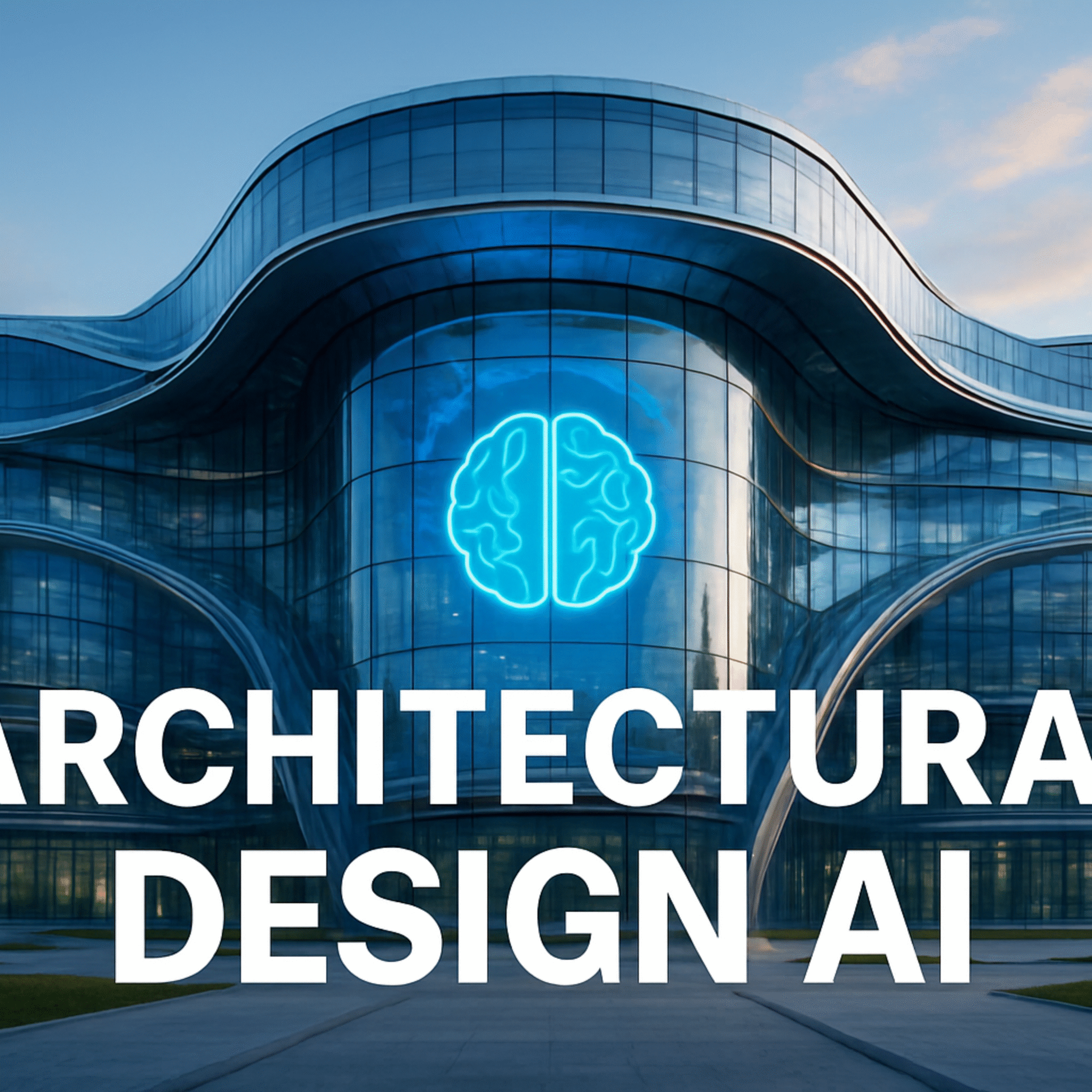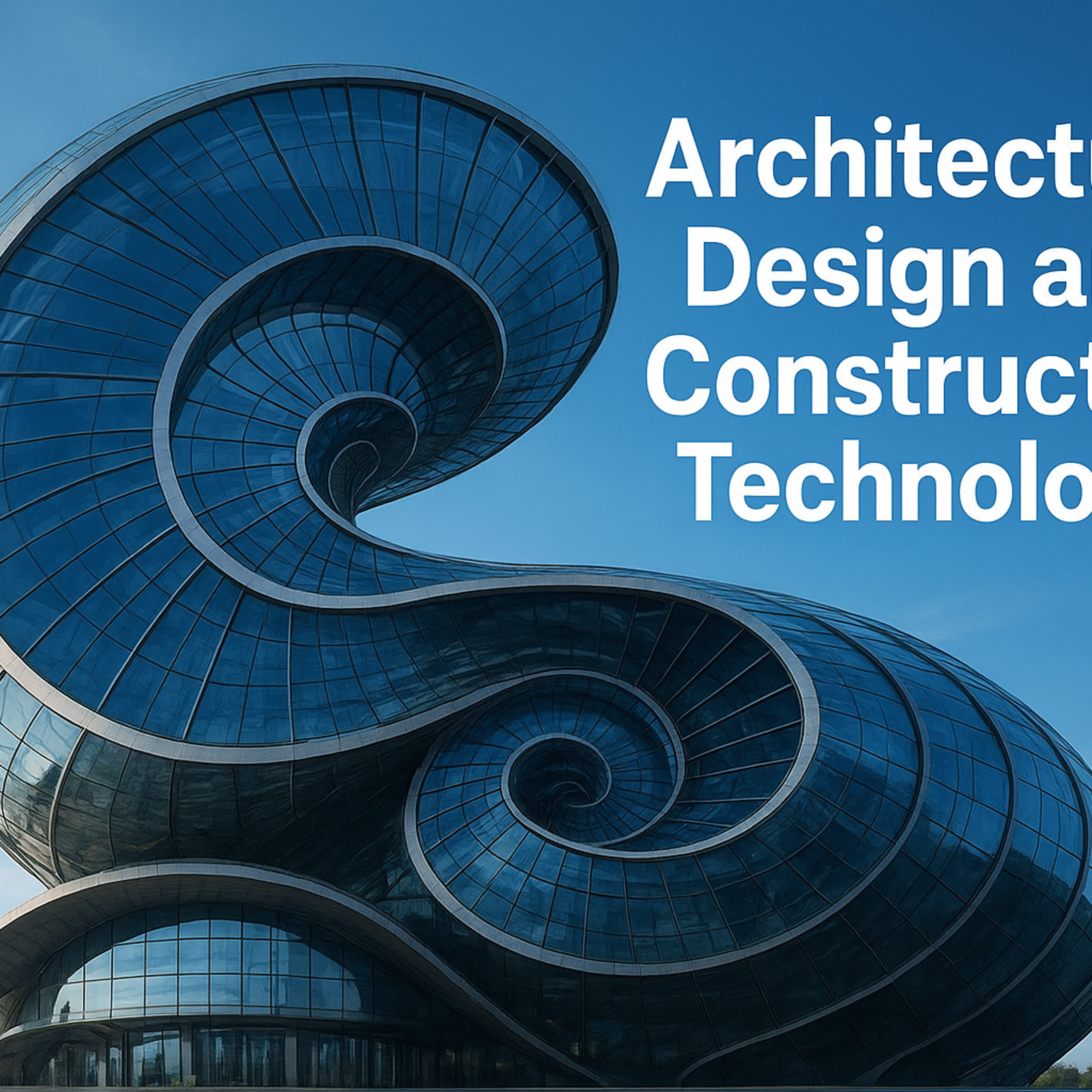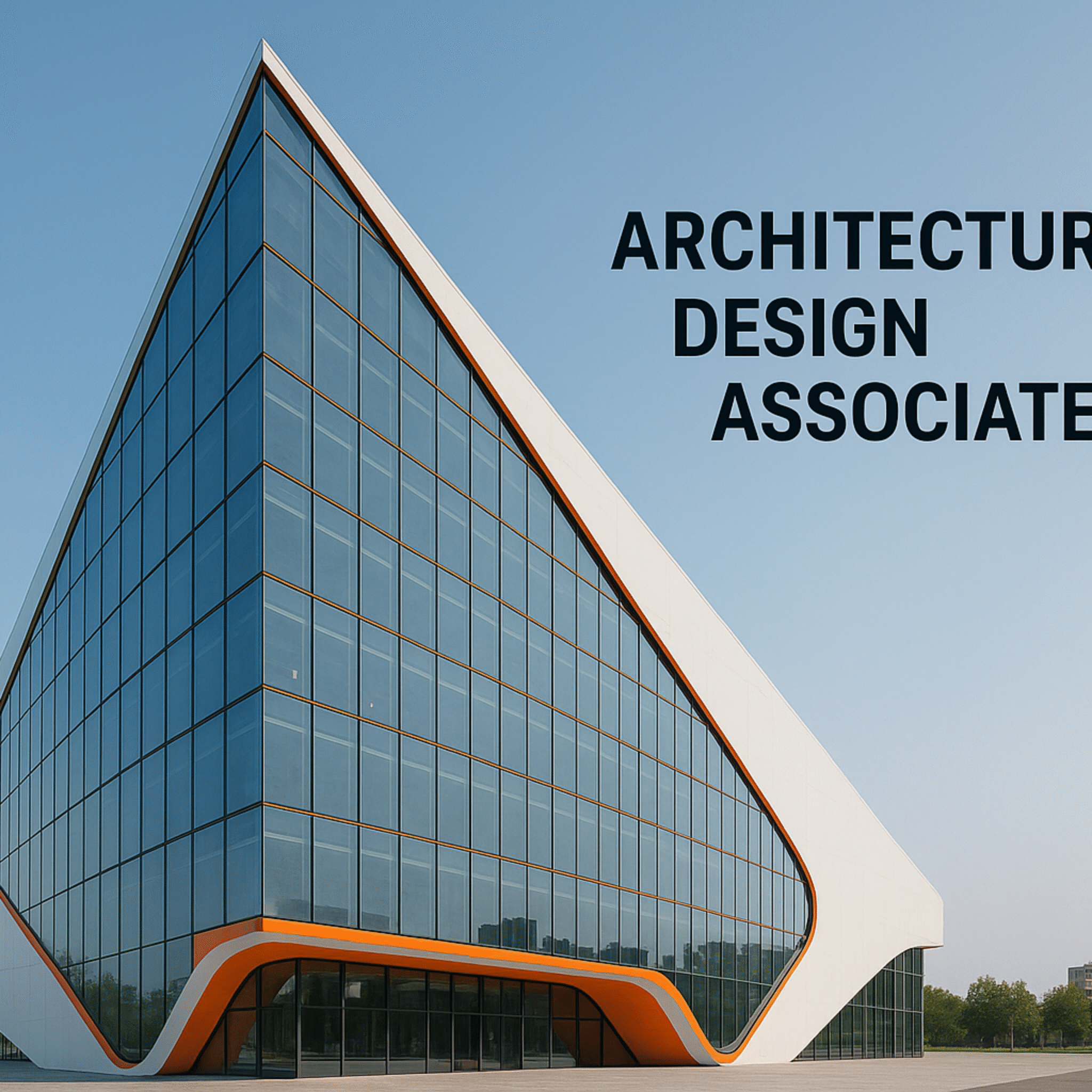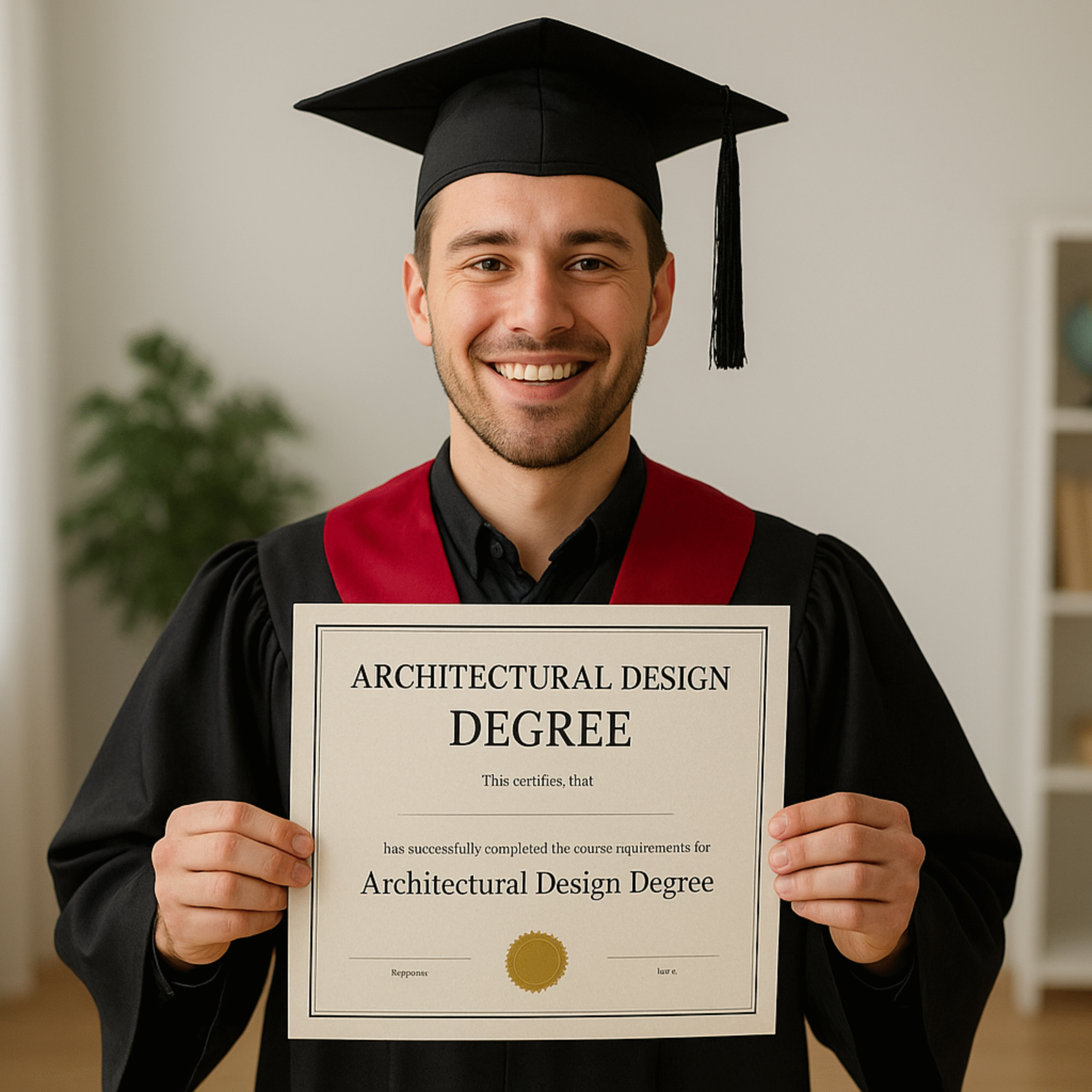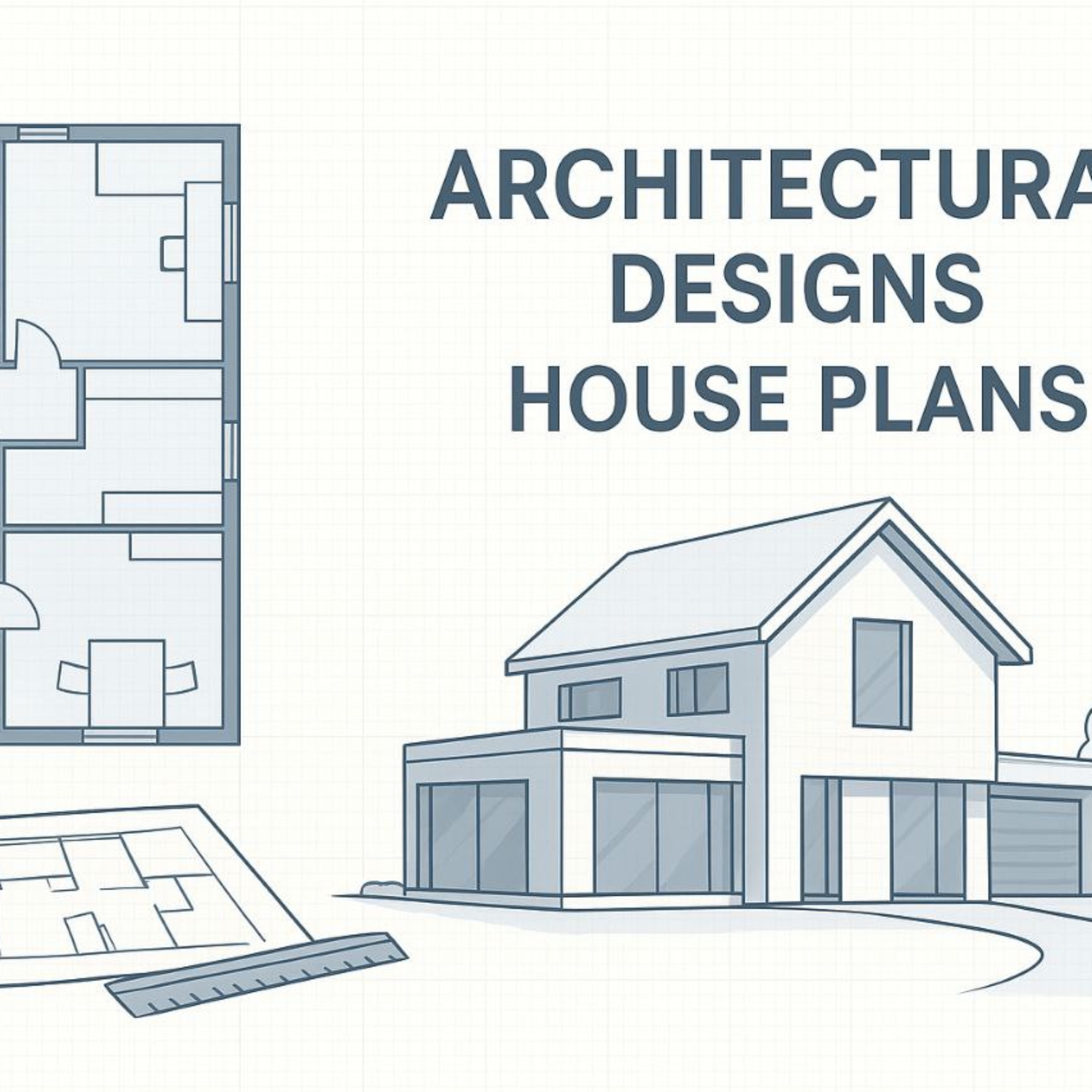Architectural Design Apps
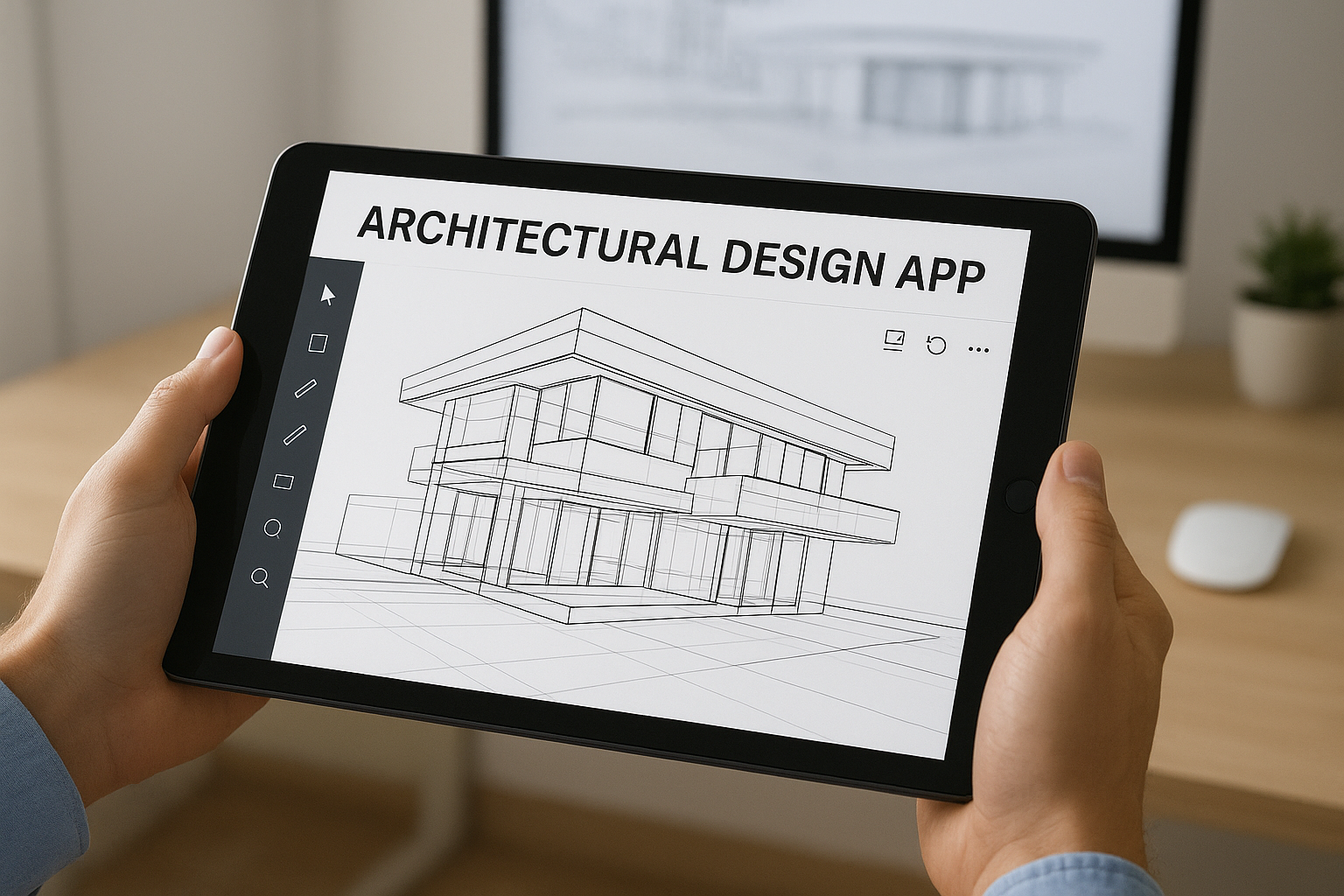
Architectural Design Apps: Transforming the Future of Architecture
Topics : Sustainability, Accessibility, and Future of Design Apps , 3D Modeling, Visualization, and Immersive Technologies
Architectural Design Apps : Transforming the Future of Architecture Through Innovation and Collaboration
Architectural design apps have fundamentally transformed the way architects, designers, and students conceptualize and realize built environments. These digital tools have become indispensable, offering a combination of efficiency, creativity, and precision that redefines traditional workflows. From early conceptual sketches to advanced construction documentation, architectural design apps integrate every phase of the design journey into one cohesive digital ecosystem.
Innovation and Flexibility in Modern Design Tools
One of the greatest strengths of architectural design apps lies in their ability to facilitate rapid experimentation and iteration. Traditional pen-and-paper methods often limit flexibility, but digital tools allow users to instantly modify layouts, adjust materials, and explore countless spatial configurations.
Through features like parametric modeling and generative design, architects can now create complex geometries that respond dynamically to parameters such as daylight, airflow, and structural load. This adaptability not only enhances performance but also encourages bold innovation in form and function.
Moreover, the integration of AI-assisted design and smart automation is streamlining tedious tasks—allowing designers to focus more on creativity rather than repetitive processes. These technologies help detect design conflicts, optimize floor plans, and suggest sustainable material alternatives automatically.
3D Visualization and Immersive Experience
Visualization is at the core of every successful design presentation, and architectural apps have revolutionized how designers communicate their ideas.
With real-time rendering, lighting simulations, and material editing, users can produce high-quality visualizations that closely resemble built reality. Clients can now see exactly how a project will look before the first brick is laid.
The addition of virtual reality (VR) and augmented reality (AR) features further enhances this experience. Clients can virtually walk through their future buildings, evaluate scale, proportion, and spatial relationships, and provide feedback early in the design process. This immersive interaction reduces misunderstandings and strengthens collaboration between clients and design teams.
Collaboration and BIM Integration
Architectural design has always been a multidisciplinary process—and modern apps make this collaboration seamless.
Cloud-based platforms support real-time co-editing, version control, and shared project libraries, ensuring that architects, engineers, and consultants can work concurrently from anywhere in the world. This not only speeds up project timelines but also minimizes costly errors caused by outdated drawings or miscommunication.
Most professional design apps now integrate with Building Information Modeling (BIM) systems. BIM integration connects geometry with data—covering everything from structure and materials to energy performance. This holistic approach makes it easier to manage complex projects, ensuring that every design decision aligns with functional and sustainable goals.
Sustainability and Environmental Awareness
Sustainability has become a defining element of contemporary architecture, and digital design tools are central to achieving it.
Architectural design apps now include energy simulation, daylighting analysis, and lifecycle assessment features. These allow architects to evaluate how their designs perform environmentally from the earliest stages of development.
In addition, many tools provide databases of eco-friendly materials and help optimize natural ventilation, energy use, and thermal comfort. By integrating sustainability metrics directly into the design workflow, architects can make informed choices that minimize environmental impact without compromising aesthetics.
User Experience and Accessibility
The growing popularity of architectural design apps can also be attributed to their increasing accessibility and user-friendliness.
Modern platforms feature intuitive interfaces, drag-and-drop modeling, and customizable templates that make them easy to learn—even for beginners. Students and freelancers can now access professional-grade tools without steep learning curves or expensive software licenses.
Mobile compatibility is another major advancement. Many architectural apps now offer tablet or smartphone versions, allowing architects to sketch ideas, annotate models, and make real-time modifications while on-site. This flexibility bridges the gap between the design studio and the construction field.
Integrated Analysis and Smart Decision-Making
Beyond modeling and visualization, architectural apps are becoming analytical tools that support decision-making.
Integrated systems can conduct structural assessments, cost analysis, and energy optimization directly within the design interface. These simulations reduce risks, improve building performance, and save both time and resources during later project phases.
For example, early-stage analysis of solar gain or energy loads enables designers to refine façade orientations or choose sustainable materials proactively—rather than reactively fixing problems during construction.
Leading Examples of Architectural Design Apps
Several architectural design applications stand out for their innovation, versatility, and professional-grade features:
- AutoCAD Architecture – Known for its precision in drafting and detailing, it’s ideal for creating complex 2D and 3D architectural documentation.
- Revit – A BIM powerhouse, enabling data-rich 3D models that streamline collaboration and project coordination.
- SketchUp – Offers rapid 3D modeling and an intuitive interface, perfect for conceptual design and quick visualizations.
- Rhino – Excels at complex geometries and freeform modeling, widely used in parametric and computational design.
- ArchiCAD –A user-friendly BIM solution integrating design, documentation, and collaboration tools in one platform.
- Blender & Lumion – Provide advanced rendering and visualization capabilities for stunning presentations.
These tools cater to different needs—some emphasizing detail and documentation, others focusing on visualization, flexibility, or collaboration.
The Future of Architectural Design Apps
The future of architecture is digital—and architectural design apps are at the forefront of this evolution.
We are witnessing the rise of AI-driven design, generative modeling, and cloud-based ecosystems that connect all stages of architecture, from concept to construction. The convergence of AR, VR, and BIM technologies promises even more realistic, data-integrated environments.
As sustainability, efficiency, and innovation continue to define modern architecture, these digital tools will remain essential. They not only help architects build smarter and greener structures but also reshape how we imagine, design, and experience the built world.
Architectural design apps are more than just software—they are catalysts for creativity, precision, and collaboration in the architectural profession. By merging 3D modeling, visualization, sustainability, and teamwork into one integrated workflow, these tools have redefined the standards of architectural practice.
As technology continues to evolve, architects who embrace these innovations will lead the way toward designing more efficient, sustainable, and inspiring environments that shape the future of our cities and communities.


